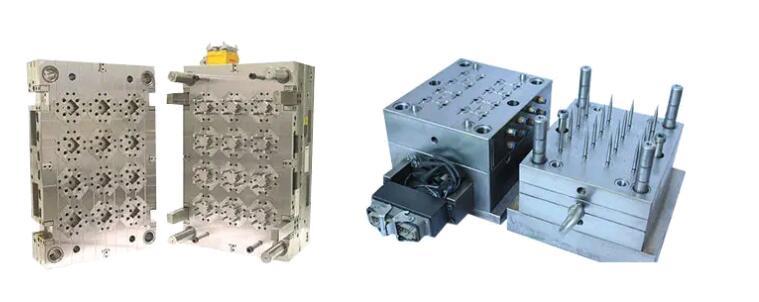Medical syringe moulds facilitate the mass production of syringes. By using injection molding technology, manufacturers can produce large quantities of syringes in a relatively short amount of time. The efficiency of the molding process reduces production costs and improves turnaround times, making it possible to meet the high demand for medical syringes globally.
Syringe molds can be customized to accommodate different designs, sizes, and types of syringes. Whether for single-use or reusable syringes, or syringes with specific features like safety mechanisms or different needle sizes, molds can be adjusted to meet specific design requirements. This flexibility allows manufacturers to produce a wide variety of syringes for different medical applications.
Syringe molds play a vital role in ensuring that the final product meets the strict safety standards required by regulatory bodies such as the FDA (Food and Drug Administration), EMA (European Medicines Agency), and other national health organizations. Properly designed and maintained molds are essential for ensuring that syringes are free from defects that could compromise patient safety, such as leaks, cracks, or incorrect measurements.
The most significant advantage of medical syringe molds is their ability to produce highly precise components. In the medical field, even the slightest deviation in size or shape can result in incorrect dosages, poor performance, or patient harm. Medical syringe molds are designed to ensure that each part of the syringe is manufactured with exacting accuracy, reducing the risk of errors and enhancing the safety of the product.
While the initial investment in medical syringe molds can be high, they provide long-term cost savings. The injection molding process allows manufacturers to produce syringes in large quantities, reducing the per-unit cost. The mold's durability ensures that it can be used to produce thousands or even millions of syringes before requiring replacement. Additionally, the automated nature of the injection molding process reduces labor costs and increases production efficiency.
ne of the key advantages of medical syringe molds is their ability to produce consistent and reliable syringe components. This consistency is critical in ensuring that each syringe meets the same high standards of quality and performance. Consistent production also minimizes waste and reduces the likelihood of defective syringes reaching the market.
Medical syringe molds can be tailored to create syringes for different medical applications. For example, syringes designed for injecting vaccines, insulin, or chemotherapy drugs may require different specifications. The ability to customize molds allows manufacturers to create syringes with specific features, such as varying needle lengths, special plunger mechanisms, or safety features to prevent needlestick injuries.

https://www.ysmou.com/product/medicine-mould/injection-medical-syringe-mould.html
Core slider: Luer interface slider system
Gate type: hot runner point gate
Product plastic: TPE or medical PVC (if using PVC, I
We do not recommend the use of thermal guides)
Cavity Core Polishing: Mirror Polishing
Needle plug plug mold structure: using the insert method to make it set
On the mold base, the same parts in the mold can be mutually
Changed.
Syringe tight plug die life: at least 5 million mode


